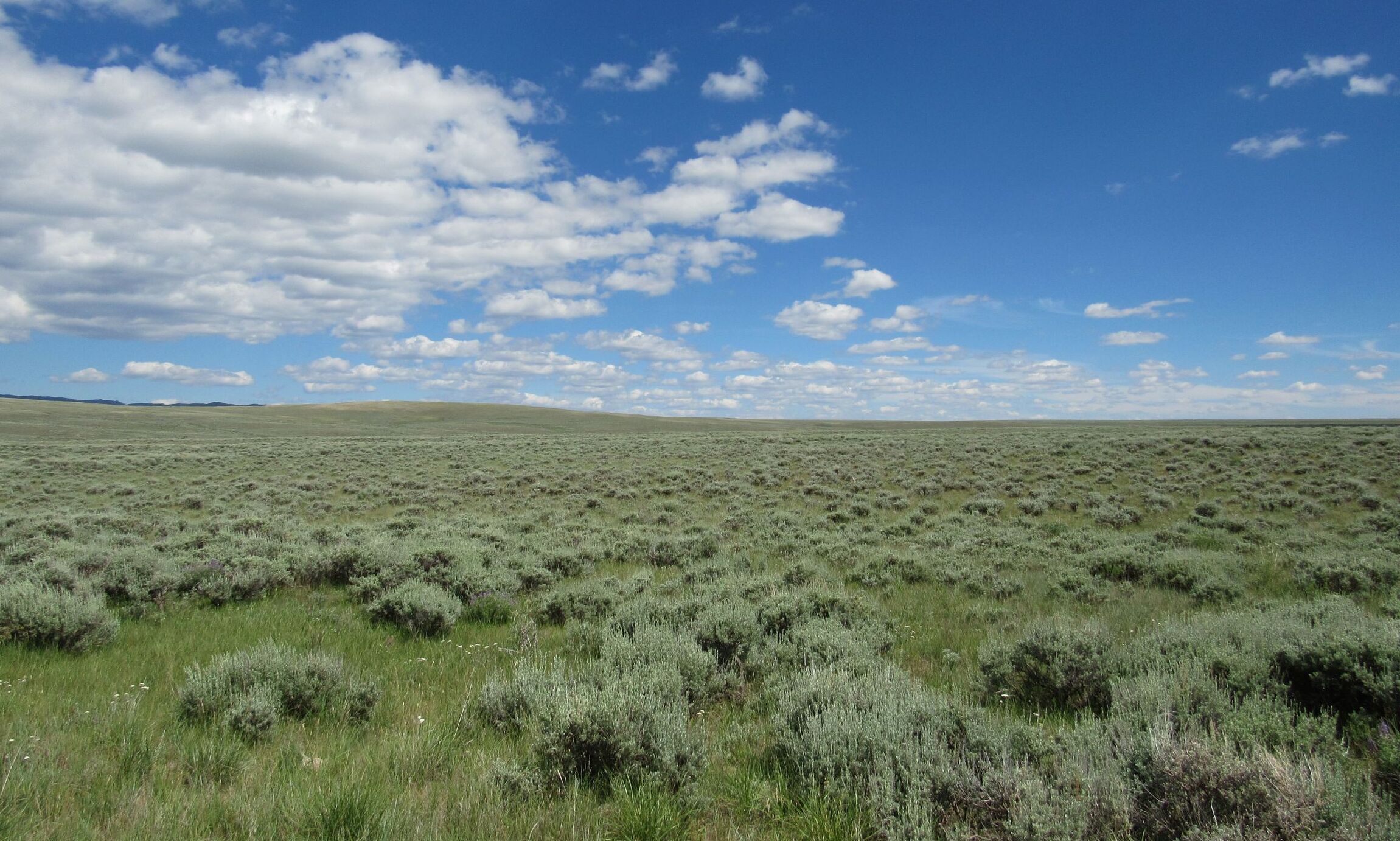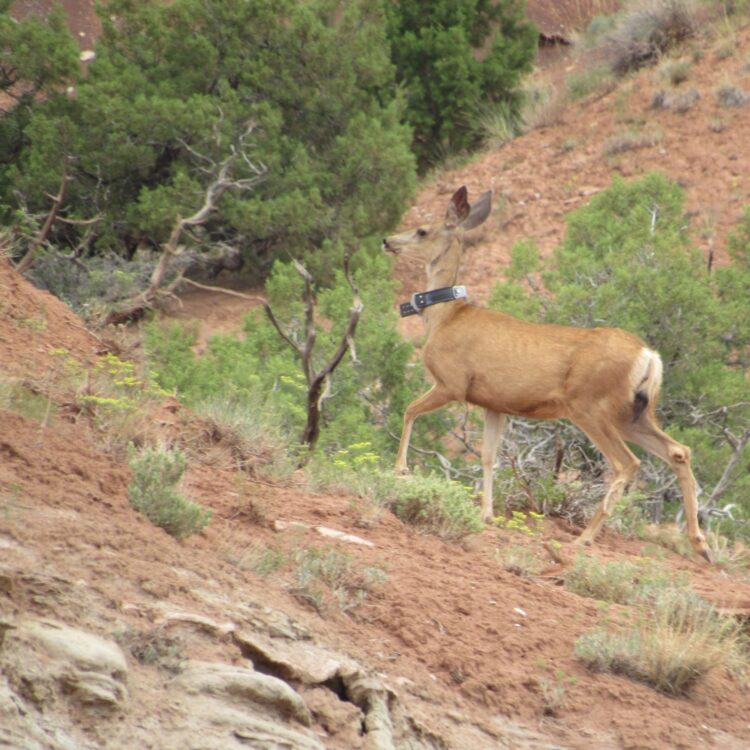
Chronic wasting disease (CWD) is rapidly becoming a serious issue in the wildlife world. This disease is always fatal, highly transmissible, and remains in the environment, making it a particularly thorny disease to learn how to manage.
One thing that might help managers, and deer herds by extension, is to learn more about how CWD spreads.
We’re trying to understand how frequently CWD is passed from mother to offspring, and whether there are any population-level ramifications of this transmission. Our work is based in Casper, Wyoming, which is an area with high CWD prevalence.
To do this, we are monitoring female mule deer and their offspring. We are paying attention to their CWD status, their movement and behaviors, what causes mortality in adult and young mule deer, and characteristics like sex and weight of fawns at birth. Altogether, this information will help us learn more about how this disease affects mule deer populations.
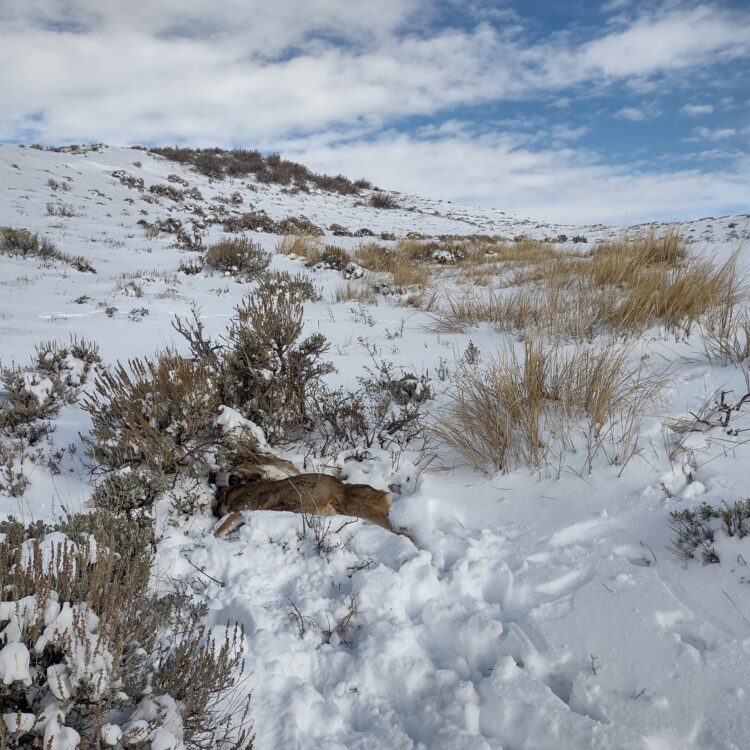
Main Questions
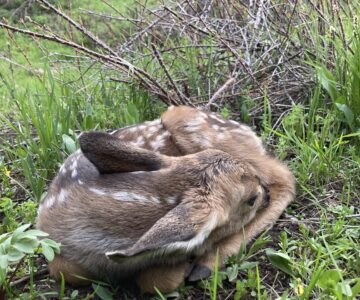
Does CWD always pass from mother to offspring?
By tracking moms and their fawns from the day they were born, we hope to learn whether moms with CWD always raise fawns with CWD, as well as whether moms without CWD ever raise fawns with CWD.
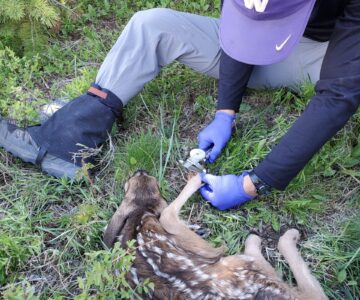
How does CWD influence fawn birth and survival?
If a mother mule deer has CWD, she might not have enough resources to successfully raise fawns, or if she can raise fawns, those fawns might be affected by the disease. We’re working to understand whether mom’s CWD status influences whether her offspring have different survival, are smaller, or have different sex ratios, when compared with fawns born to moms without CWD.
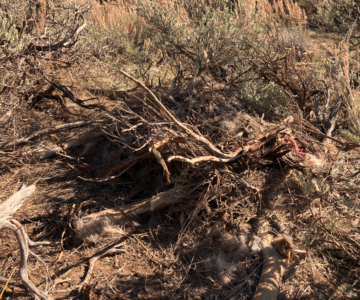
Does CWD affect risk of predation by mountain lions?
As CWD takes hold, deer change their behavior, becoming sluggish and losing awareness of their surroundings. Predators may be able to pick up on this behavior and think of these animals as an easy meal. If predators often kill CWD-positive deer, they may serve as a tool for managing this disease.

Project lead
Rhiannon Jakopak
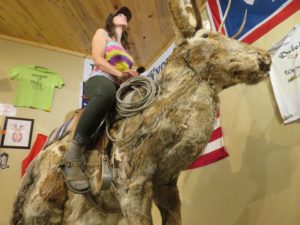
Collaborators, partners, and funders
This project is conducted in close collaboration with the Holbrook Team at the University of Wyoming, the Wyoming Game and Fish Department, and the Wyoming State Veterinary Laboratory. This project is supported by the USGS, Wyoming Governor’s Big Game License Coalition. T. Lin, D. Gordon, A. Wood, C. Cundy, and B. Regan have provided valuable field assistance.

